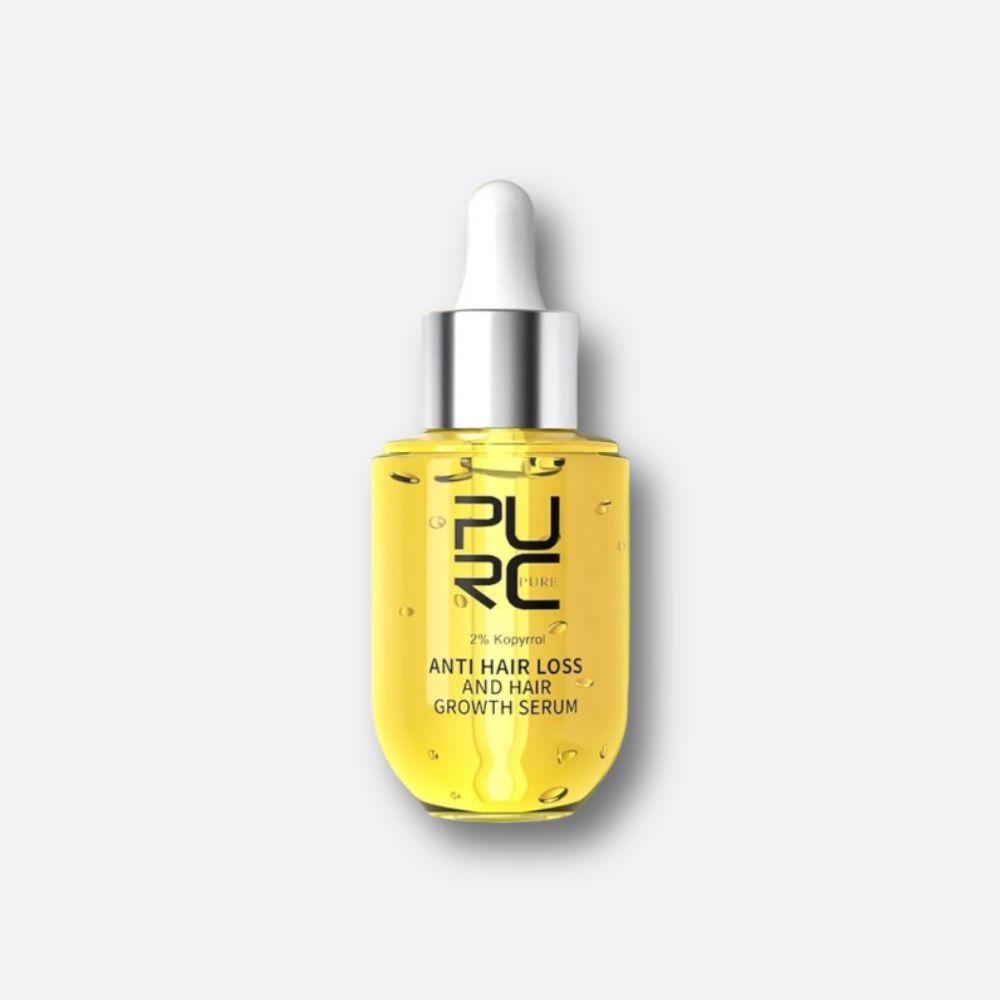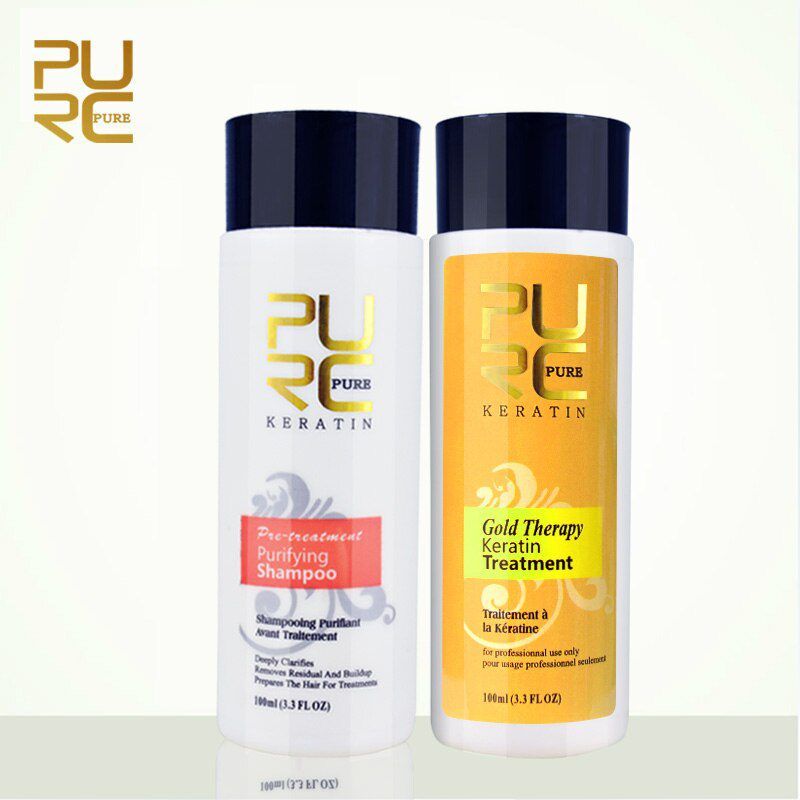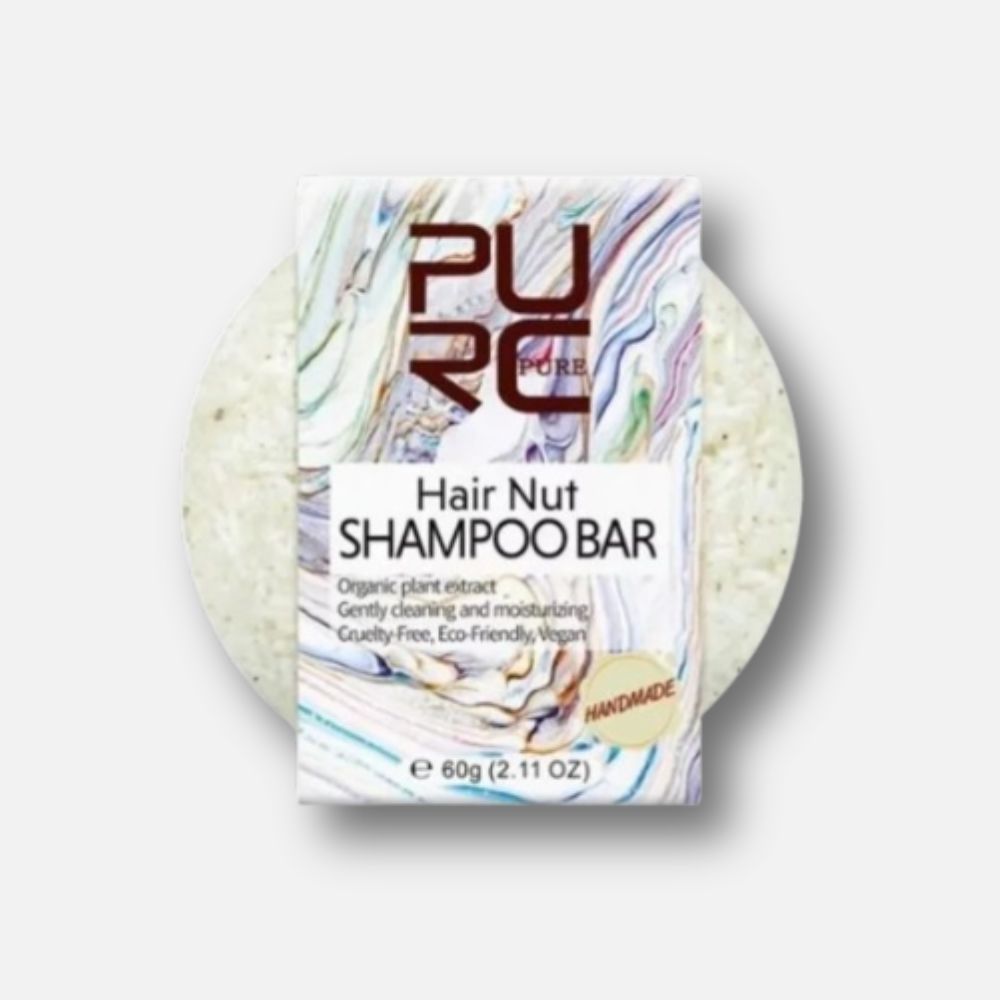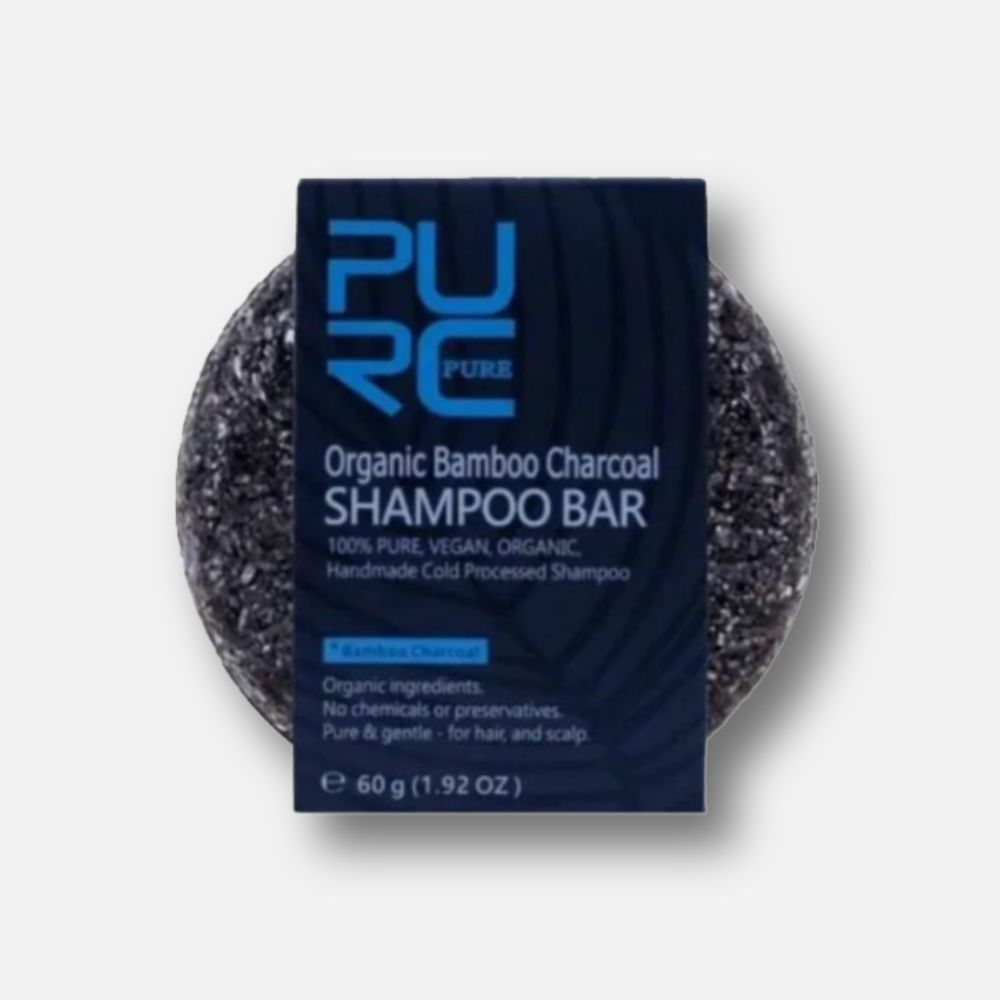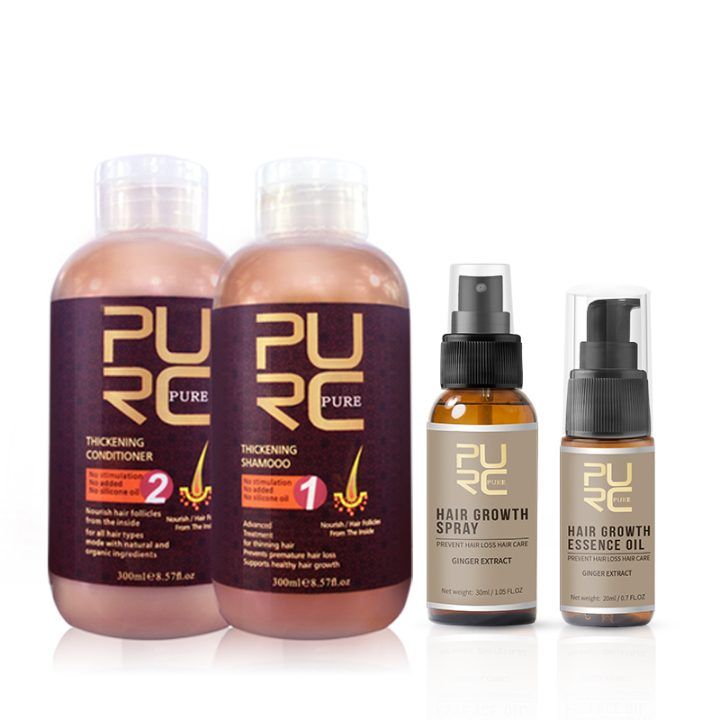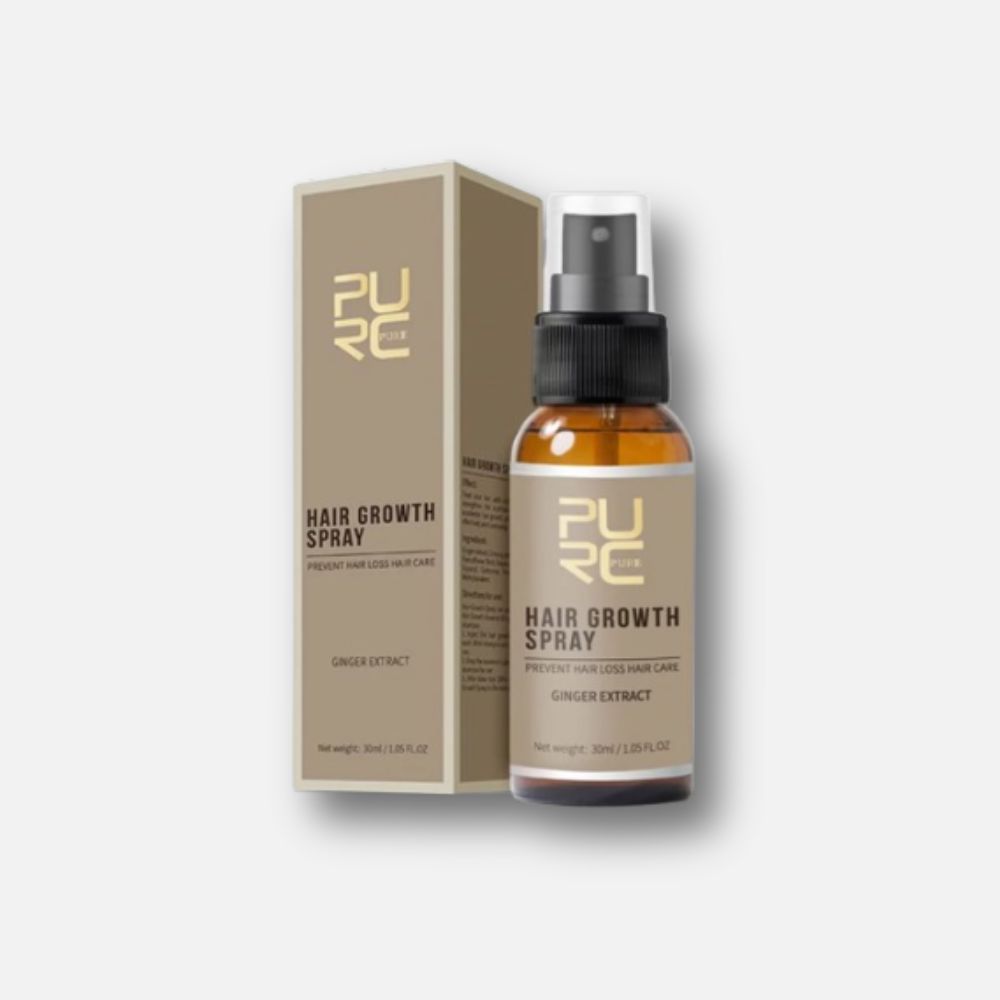AHA, BHA & PHA – What Is The Difference & Why Should You Know?
BHAs are good for oily, and acne-prone skin with clogged pores and excess oil, while PHAs are good for all skin types, especially: dry, sensitive skin, including those with rosacea and eczema that AHAs and BHAs cannot tolerate.

The beauty aisles of today resemble something out of a chemical lab. Using acids on your face may seem scary at first, but they’re game-changers when it comes to achieving smooth, even-toned, and luminous skin.
The key to incorporating acids into your skincare routine is understanding which acid to use based on your skin type.
Knowing what acids are in your products and how they function might help you discover the appropriate anti-aging blend to create a regimen that gives you the results you want. This article is intended to assist you in comprehending the most prevalent types of acids and their functions.
Prepare to shine!
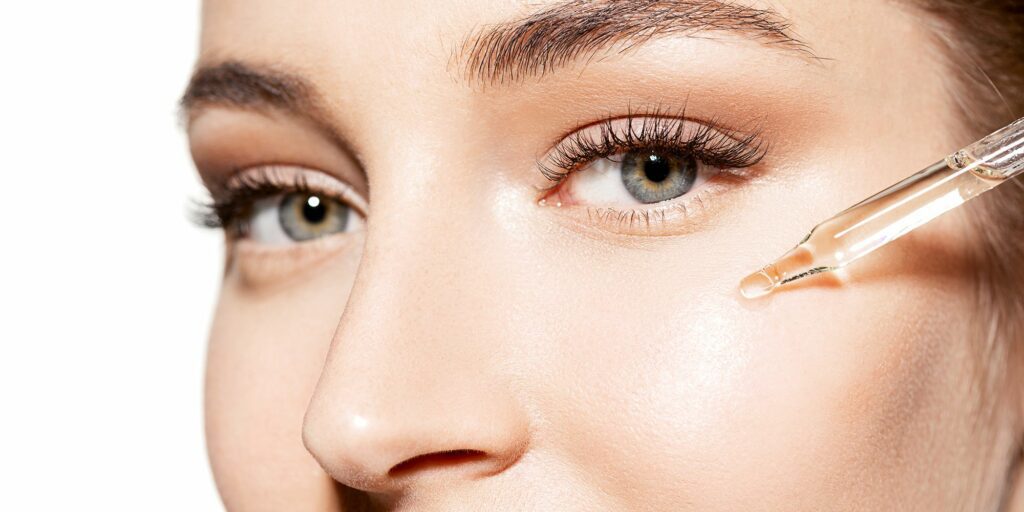
What is AHA (Alpha Hydroxy Acids)?
Meaning
- Alpha-hydroxy acids (AHAs) are a class of acids produced from plants and animals that are utilised in a wide range of cosmetic products.
- Alpha Hydroxy Acids are classified as a chemical exfoliator, which means they remove dead skin cells with the use of chemicals (acids or enzymes).
- They’re often used for exfoliation because they help break down the connections between skin cells, called desmosomes in scientific terms, so they can be cleaned more easily.
- The Alpha Hydroxy Acids are water soluble components produced from natural sources such as sugar cane, almonds, milk, grapes, and citrus fruits. They are hydrophilic, which means they are inclined to liquid.
Uses
1. Chemical Exfoliation
- Decomposing skin cells give your skin a harsh feel and increase the chance of developing fine lines or wrinkles. Exfoliating your skin, on the other hand, smoothes it and can even brighten it, as anybody who has done it before knows.
- In comparison, abrasive brushing, scrubs, or face cloth exfoliation techniques do not work as well as chemical exfoliants. These techniques of mechanical exfoliation can be abrasive and irritate the skin.
2. Anti – Aging
- AHAs are good for those who wish to “refresh” their skin since they “provide almost instant satisfaction.”
- AHAs do this by eliminating the top layer of dead skin cells, revealing new, healthy cells beneath. AHAs have been shown to enhance collagen and elastin in the skin when used for a long time.
Types
1. Glycolic Acid.
- Small molecular size allows it to quickly permeate the skin, making it a very efficient alpha hydroxy acid for the skin.
- Derived from sugarcane, it has the ability to unclog pores and regulate the production of sebum. It’s perfect for those with older skin types.
2. Lactic acid
- As a result of increased cell turnover, dead skin cells on the epidermis — the top layer of skin — are more easily removed.
- Skin becomes firmer and thicker when lactic acid is used at a 12% concentration. Decreased fine lines and wrinkles are the outcome.

What is BHA (Beta Hydroxy Acid)?
Meaning
- Beta Hydroxy Acids, like AHA, are exfoliators; however, they work in a slightly different way and have distinct advantages. BHA has the ability to enter the skin more deeply in order to provide its therapeutic benefits.
- BHA is lipophilic, which means it binds to oil. This makes it ideal for removing excess oil and sebum from the skin. Because it can penetrate deep into the skin, it thoroughly cleans the pores.
Uses
1. Inhibitor Of Acne
- BHA is good for people with oily skin, which is frequently accompanied by acne, due to its lipophilic characteristics.
- They can avoid the oil that clogs pores and dissolve the mixture of sebum and dead skin that causes acne, as well as stabilise the pore lining which contributes to acne.
2. Irritation-Infused Hyperpigmentation
- Postinflammatory hyperpigmentation (PIH) is skin darkening induced by inflammation or damage to the skin.
- BHA significantly decreases the redness, dryness, scaliness, and greasy skin that accompany a PIH flare up.
Types
1. Salicylic Acid
- Salicylic acid, produced from willow tree bark, wintergreen oil, and sweet birch, is the most widely utilised BHA. Aspirin contains salicylic acid. If you’ve ever taken aspirin to cure acne, you now understand why.
- It is widely recognised for its anti-inflammatory and antibacterial qualities, which aid in the treatment of spots, acne, and red, irritated skin.
- According to certain study findings, salicylic acid is also photoprotective, which implies it may be used as a sunscreen. When it comes to skincare, this is an added advantage.

What Is PHA (Poly Hydroxy Acids)?
Meaning
- In the world of skincare, the PHA is the most recent addition to the family of hydroxy acids.
- Molecularly, PHA is quite similar to AHA. It also helps exfoliation by breaking down the bonds between cells.
- However, due to its greater molecular size, PHA does not enter the skin as quickly as AHA. This reduces skin inflammation, if any.
Uses
1. Skin Hydration
- PHAs protect your skin against ‘glycation,’ a process in which ingested sugar attaches itself permanently to your skin’s collagen, weakening it and reducing elastin.
- This implies that PHAs may help remove dead skin cells from the surface of your face while hydrating it at the same time, which is why they’re called “humectants.”
2. Suitable for Sensitive Skin
- Due to their larger molecular size, anti-inflammatory effects, and surface-level penetration, PHAs are a better alternative for sensitive skin since it is less prone to irritate your skin.
- As a result, those with sensitive skin or diseases such as rosacea or eczema may tolerate it and benefit from it.
Types
1. Lactobionic acid
- Lactose in cow’s milk is a plant-derived sugar. This humectant and antioxidant helps the skin retain moisture.
- It promotes cellular turnover, resulting in plump and firm skin as a result of its effects. As a result, pigmentation, fine lines, wrinkles and scars are reduced in appearance.
2. Galactose
- Found in lactose or milk sugars. Galactose is an energy-giving vitamin that promotes collagen production, which aids healing.

Takeway
So the next time you go shopping for cosmetics, you’ll know what chemical exfoliators to look for. Also, when working with acids in your routine, it’s important to give them time to work on the skin before applying anything else, and to always use SPF the morning after—acids exfoliate and boost cell turnover, but they can also thin the top layer of skin, so UV protection is essential.
About The Author







